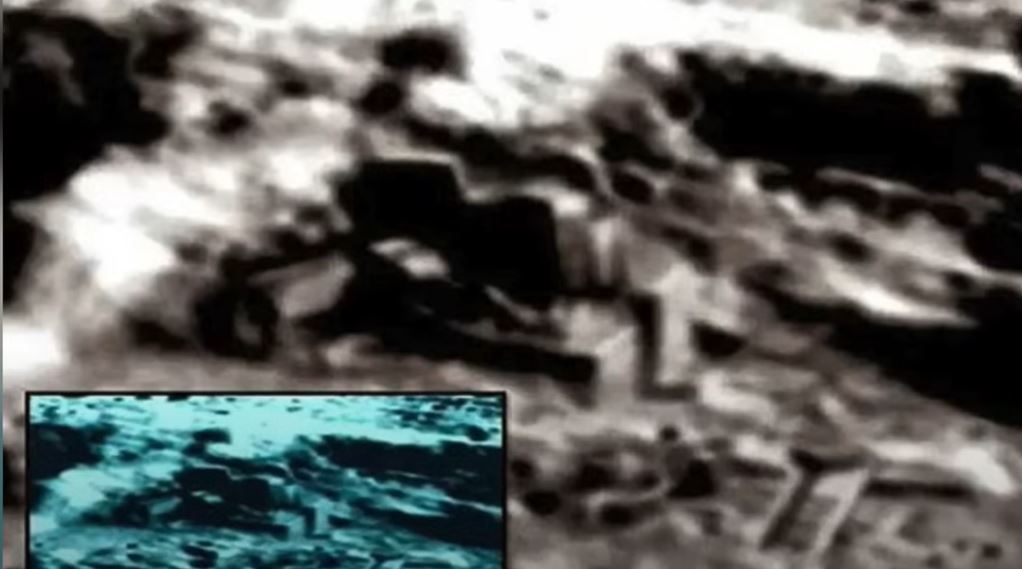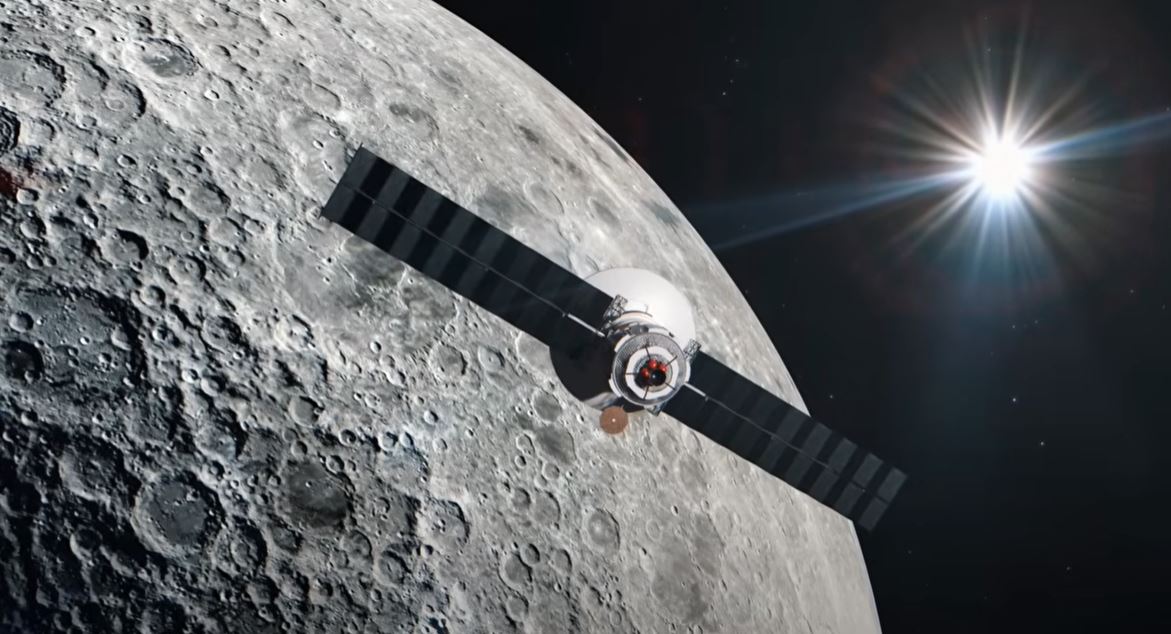**Headline: Moon Mysteries: Is There a Mile-Long Structure Hiding on the Lunar Far Side?**

In a revelation that could redefine our understanding of the moon, shocking claims have emerged suggesting the existence of a massive, artificial structure over a mile long on the lunar far side. This explosive information was reportedly leaked by an insider connected to China’s Chang’e 2 Moon Orbiter mission, igniting a firestorm of interest and speculation in the scientific community and beyond.
For years, the moon has been the subject of intense scrutiny as interest in lunar exploration intensifies. The Chang’e 2 mission, launched in October 2010, aimed to map the moon with unprecedented detail using advanced imaging equipment. But what these high-resolution images allegedly reveal is far more provocative than mere surface mapping. The insider claims to have obtained photographs showcasing unusual geometric shapes and formations that bear a striking resemblance to artificial structures—buildings and possibly even remnants of an ancient civilization.

According to the source, these images depict angular formations and architectural ruins scattered across various regions, leading to questions that could forever alter our perception of humanity’s closest celestial neighbor. Notably, the insider also alleges that NASA may have actively concealed these findings, claiming that specific areas of the moon thought to contain ancient artifacts were purposefully targeted and bombed by the United States. If true, these assertions raise ethical dilemmas about the very nature of lunar research and the motives behind space exploration.
What makes this leak exceptionally compelling is the nature of the structures depicted. Some images reportedly show symmetrical buildings or towers casting shadows in a way that aligns with their geometric shapes—an anomaly in what is otherwise considered a barren, lifeless environment. The insider’s assertions paint a picture of a cover-up, suggesting that NASA has manipulated lunar images to obscure evidence of advanced technology or extraterrestrial life.

The purported findings are significant not only for their potential implications about the moon’s history but also for the ongoing discourse regarding extraterrestrial life. Could these formations be remnants of an advanced civilization that once thrived on the moon? Or are they merely the result of misunderstood geological processes? As researchers and enthusiasts dissect these claims, one thing is clear: the debate surrounding the moon’s secrets is far from over.
The insider’s account indicates that China is poised for a gradual disclosure of these findings, a strategy that could transform our understanding of the cosmos while maintaining international stability. If the images and data are indeed released, they may serve as the first verifiable evidence supporting long-standing theories about the moon’s hidden history and its potential as a base for extraterrestrial activity.
Adding to the intrigue, the leaked images have surfaced on social media platforms known for discussing space anomalies and extraterrestrial theories, capturing the attention of both skeptics and believers alike. The size of the alleged structure is staggering, estimated to exceed six miles in length. This gigantic object, partially embedded in a crater, showcases straight lines and right angles—features rarely, if ever, found in natural rock formations.
Yet, amidst this whirlwind of excitement, NASA has remained conspicuously silent. The lack of an official response only fuels speculation about the agency’s role in potentially covering up groundbreaking discoveries. For decades, amateur analysts have scrutinized NASA’s archives, uncovering structures that challenge the prevailing narrative of a lifeless moon. The consistency of these anomalies across various missions raises questions about what remains hidden from the public eye.

As we stand on the brink of potentially monumental revelations, the implications of these findings are profound. If the moon is indeed home to structures crafted by an intelligent civilization, it compels us to reconsider our place in the universe. Are we alone? Have we overlooked crucial chapters in our history?
While the truth may be obscured, the fascination with the moon’s secrets continues to captivate the imagination of humanity. As more missions are planned by space agencies worldwide, the hope is that further exploration will illuminate the mysteries that lie in the shadows of our nearest celestial neighbor. Only time will tell if the moon’s enigmatic surface holds answers to questions humanity has dared to ask for centuries.




